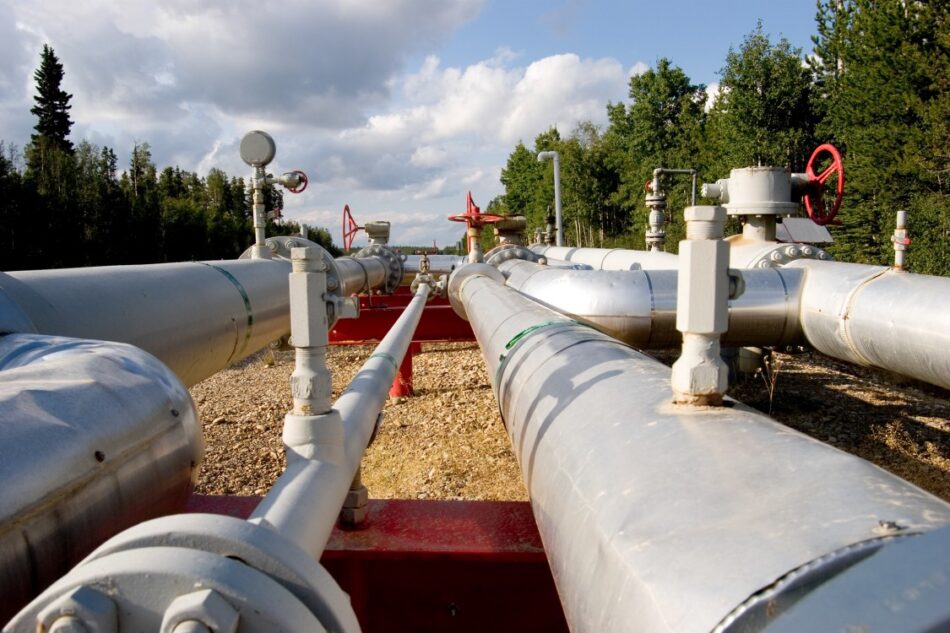Did you know that America used a total of about 30.5 trillion cubic feet of natural gas last 2020? Electric power, industrial, residential, commercial, and transportation are the consuming sectors of natural gas. It plays a crucial role in people’s day-to-day operations. Natural gas provides warmth for cooking as well as commercial and residential electricity. […]
Did you know that America used a total of about 30.5 trillion cubic feet of natural gas last 2020? Electric
power, industrial, residential, commercial, and transportation are the consuming sectors of natural gas. It plays a crucial role in people’s day-to-day operations.
Natural gas provides warmth for cooking as well as commercial and residential electricity. You may not know, but natural gas is a significant component of glass, clothing, and many other products you enjoy. The heavy usage of natural gas will make one wonder how transportation is?
Mile-long natural gas pipelines allow transportation from the producing field to consumption. Do you want to know how do natural gas pipelines work? This article will walk you through the natural gas pipeline process.
Gathering System
Natural gas moves from the wellhead to the transmission grid through small pipelines. Depending on the initial product’s quality, it could also move to the processing plant. The plant separates hydrocarbon and nonhydrocarbon gases and liquids from the gas.
Natural gas then transfers to the transmission system.
Transmission System
About 272,000 miles of steel piper with a great deal of resistance make up the transmission system.
These massive natural gas transmission lines are like the US interstate highway system. They transport natural gas from production to local distribution over thousands of miles. Depending on the location, the gas pressure in each line segment ranges from 200 – 1,500 pounds per square inch.
Pipelines handle far more stress than is ever attained in the system as a safety measure. Lines in populated areas operate at less than 50% of their intended pressure. As the natural gas moves, the temperature and pressure change.
Moreover, liquid and solid may also form in the line affecting the pressure profile. It could hinder the pipeline from reaching its assigned pressure. This prevention could be harmful and cost expensive pipeline maintenance.
Insulation blankets from shannonglobalenergy.com can help with this. They prevent heat from escaping from the gas pipeline and entering space. They also contain the liquid formation and maintain the pressure profile of the pipe.
Compressor Stations
Compressor stations make up for the pressure loss caused by the gas through the steel pipe. Compressor stations sit at every 50 to 60 miles along each pipeline. Many of these stations are controllable at the pipeline’s central control center.
Closed gates along the transmission line are controllable away from the control room. The system’s controllers keep precise operating data on every compressor station. They alter the mix of running engines to enhance safety and efficiency.
Gate Stations
Gate stations receive gas from a variety of sources and pipes. Controllers lower the force in the line from transmission levels to distribution levels. Then they add a smell allowing customers to detect even minute amounts of gas.
Finally, the gate station determines the amount of gas the utility receives. The gate measures the flow rate of the gas.
Distribution System
Local distribution lines transport natural gas closer to local distribution businesses. They deliver the natural gas to commercial and residential areas through smaller lines. The pressure in the service lines lowers to a level suitable for homes and businesses.
Learn More About Natural Gas Pipeline
Natural gas undergoes many processes before delivery to various industries for consumption. A natural gas pipeline makes transportation possible.
We hoped you learned more about how do natural gas pipelines work.
Do you want to read more articles like this? Read more of our blogs about technology, automotive, education, finance, and many more!






